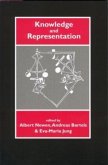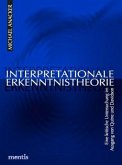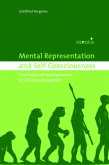This wholeheartedly interdisciplinary book explores the possibility of domain specific cooperation between philosophy and psychology concerning questions on spatial representation. Its leitmotif is the importance of movement in concord with the workings of the body schema. Against the background of embodiment, situatedness, and Susan Hurley's notion of a ninety-degree shift it is spelled out how true, domain specific cooperation between the disciplines can be accomplished. By enriching Grush's naturalistic account of representation (emulation theory) with insights stemming from teleosemantics, the notion of the body schema is clarified and connected to the notion of a nonconceptual point of view. Translating this latter notion into three key capacities allows to draw on insights from neuroscience concerning place cells, head-direction cells, and grid cells. These cell types can be mapped on our key capacities, which shows that the nonconceptual point of view already is apparent on a very low level of analysis. Elaborating on Evans's notion of a travel-based space allows to sketch an account of spatial representation underwritten by the importance of movement and emulation and helps us to grasp spatial content's special framework role. Moreover, it provides a satisfying answer to the question of how a representation of space might be built up that enables higher-level cognition, yet, stands in continuity to sensorimotor research.
Hinweis: Dieser Artikel kann nur an eine deutsche Lieferadresse ausgeliefert werden.
Hinweis: Dieser Artikel kann nur an eine deutsche Lieferadresse ausgeliefert werden.








